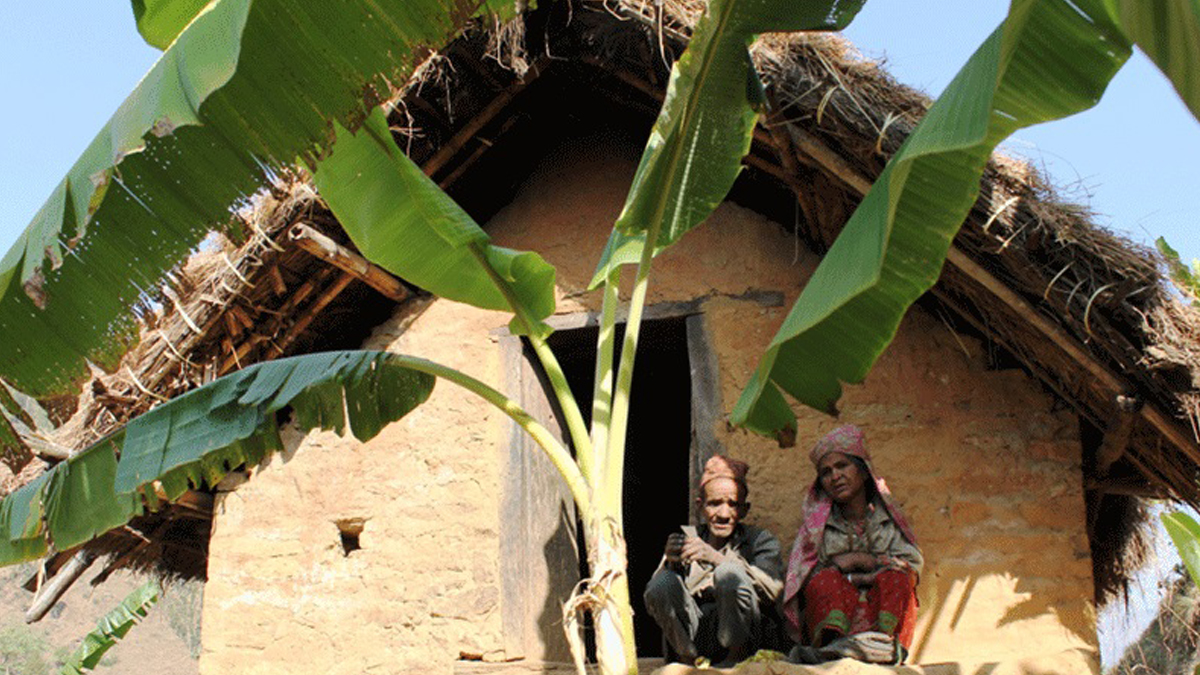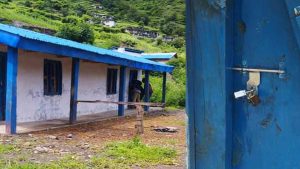
COVID-19 Pandemic Impact on Nepali Life Expectancy

The recent findings published by The Lancet, a reputable international medical journal, shed light on a concerning reality for Nepal: the COVID-19 pandemic has significantly reduced the average life expectancy of Nepali people. According to the report, between 2019 and 2021, the average life expectancy in Nepal decreased by nearly three years, a decline almost double the global average reduction of 1.6 years.
This revelation comes as a stark contrast to the positive trajectory Nepal had been on in terms of life expectancy over the past two decades. From 2000 to 2020, Nepal saw a commendable increase in life expectancy at birth, with figures climbing from 65.3 years to 71.3 years. However, the latest report paints a sobering picture, indicating that the average life expectancy for both sexes stood at 68.4 years in 2021, with females at 70.8 years and males at 66.1 years.
Dr. Keshab Deuba, a public health epidemiologist and co-author of the report, aptly describes this decline as a severe setback to the hard-earned progress Nepal has made in healthcare. He warns that without adequate preparedness, the health system remains vulnerable to future pandemics or similar health crises, putting at risk the gains achieved through years of effort and investment.
The Lancet report highlights a global trend of increased mortality rates during the pandemic period, contrasting with the declining mortality rates observed over previous decades. While child mortality continued to decline, adult mortality rates surged during 2020 and 2021, reversing the downward trend seen in prior years.
Despite these challenges, Nepal has made notable strides in reducing under-five mortality rates, attributed to factors such as routine vaccination, improved water and sanitation conditions, better nutrition, and increased awareness. The Nepal Demographic and Health Survey-2022 reveals a decline in under-five mortality to 33 per 1,000 live births from 39 in 2016, and infant mortality to 28 from 32 in 2016.
The impact of the COVID-19 pandemic on global mortality is staggering, with an estimated 131 million deaths worldwide between 2020 and 2021, including nearly 16 million attributed directly to the virus. Excess mortality rates during the pandemic surpassed historical trends in many countries, underscoring the multifaceted impact of the crisis beyond direct infections.
While Nepal has experienced a more significant decline in life expectancy compared to the global average, it is essential to note that some countries, like India, have fared slightly better. However, the overarching lesson remains clear: preparedness and resilience in the face of health crises are paramount.
The Lancet report serves as a crucial reminder for policymakers, healthcare professionals, and stakeholders to prioritize strengthening healthcare systems and preparedness measures. Investments in healthcare infrastructure, disease surveillance, vaccination programs, and public health education are imperative to mitigate the impact of future pandemics and safeguard the hard-won gains in global health.
As Dr. Deuba emphasizes, the comprehensive insights provided by the report should inform strategic planning and policy decisions to navigate the evolving landscape of global health challenges. The COVID-19 pandemic has exposed vulnerabilities in healthcare systems worldwide, reinforcing the urgency of proactive measures to protect public health and ensure a resilient future for all.













Comments